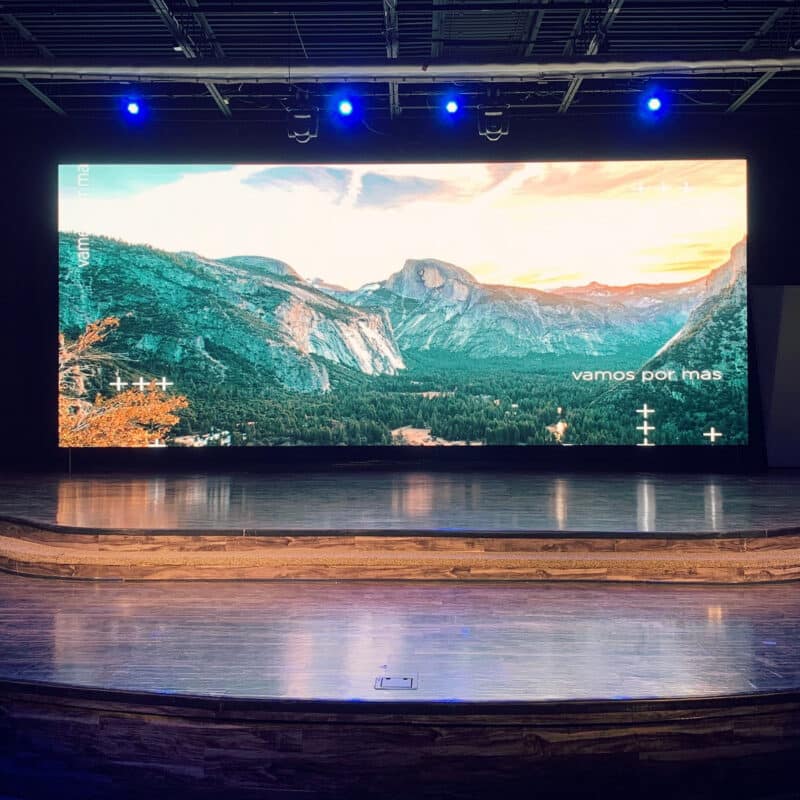Investigating the Key Elements That Influence Hue Consistency in LED Panel Panels for Ideal Visual Performance
Investigating the Key Elements That Influence Hue Consistency in LED Panel Panels for Ideal Visual Performance
Blog Article
Color consistency in LED wall screens is essential for achieving maximum optical performance. LED wall panels are commonly used in multiple environments, including concerts, conferences, and promotional displays. When the colors on these panels are consistent, they create a more captivating and enveloping encounter for viewers. Several key elements affect hue uniformity, including the quality of the light-emitting diode elements, calibration procedures, and environmental conditions.
The quality of the light-emitting diode components plays a major role in color uniformity. Various types of light-emitting diodes produce light at varying wavelengths, which can affect the total color output. High-quality light-emitting diodes are designed to produce a more uniform light spectrum, resulting in improved hue precision. Additionally, the production method of these light-emitting diodes can affect their functionality. Screens made with high-grade materials and technology tend to have fewer color variations, guaranteeing that the shown pictures and footage look lively and faithful to reality.
Calibration is another crucial element in maintaining color uniformity in light-emitting diode wall panels. Calibration involves adjusting the settings of the panel to ensure that the colors displayed match the desired appearance. This process can include fine-tuning luminosity, differentiation, and color balance. Frequent tuning is essential, especially in environments where illumination factors change frequently. By tuning the panels, specialists can fix any inconsistencies in color output, resulting to a more consistent viewing encounter.
Environmental conditions also influence color consistency in light-emitting diode wall screens. Factors such as ambient light, temperature, and moisture can affect how hues are perceived. For instance, bright surrounding light can dull hues, making them appear less vibrant. Similarly, harsh temperatures can influence the performance of the LEDs, resulting to hue changes. led panel color accuracy evaluation To mitigate these issues, it is essential to place light-emitting diode wall screens in managed environments where lighting and temperature can be controlled efficiently.
Lastly, the design and layout of the LED wall screens can affect hue uniformity. The configuration of the panels, as well as the distance from which they are viewed, can create variations in hue recognition. When panels are placed too far apart or at different angles, audiences may notice inconsistencies in color. To obtain the optimal optical output, it is crucial to take into account the placement and alignment of the panels during installation. By addressing these factors, operators can guarantee that their light-emitting diode wall screens provide a uniform and superior visual experience.